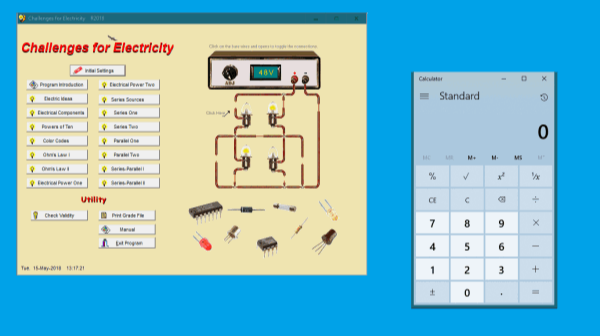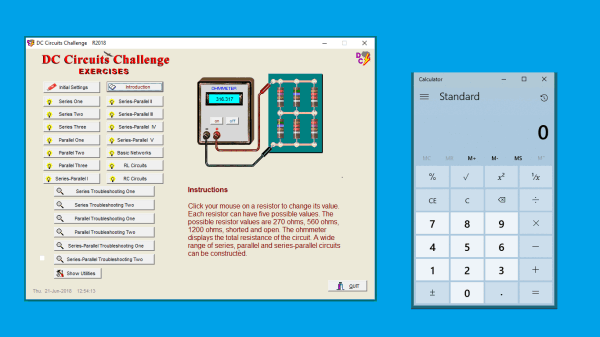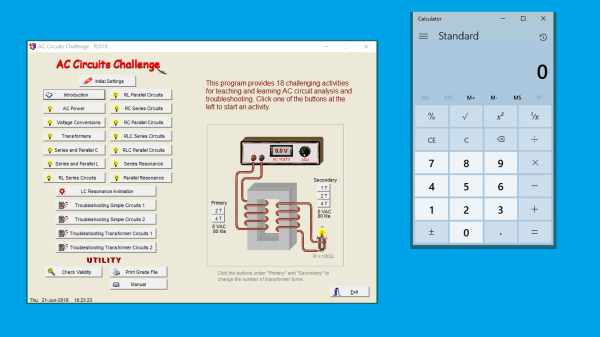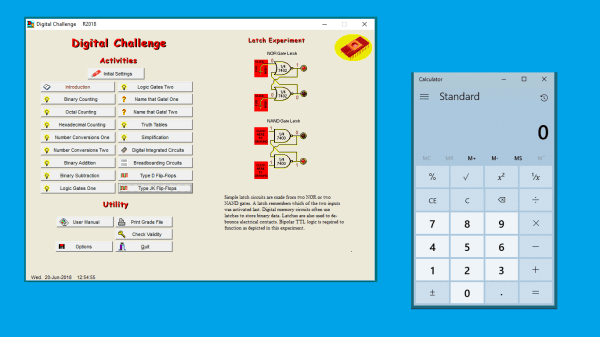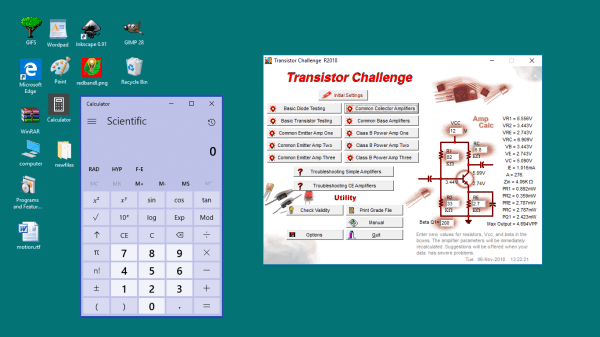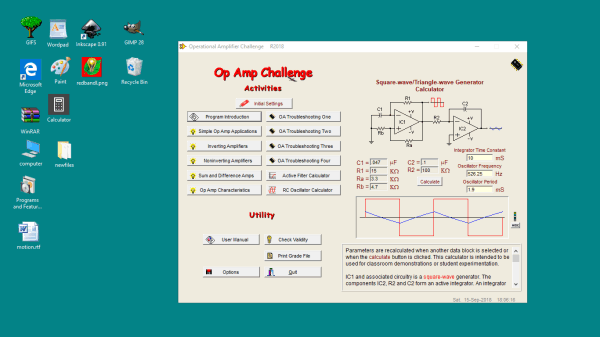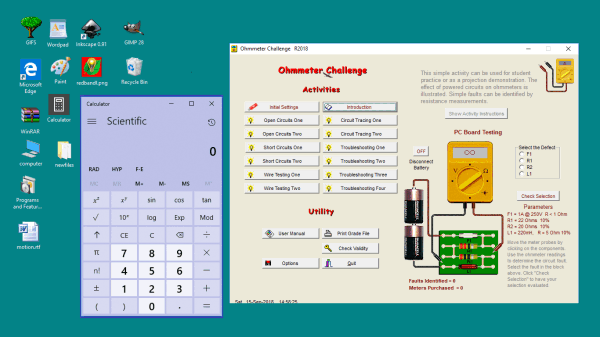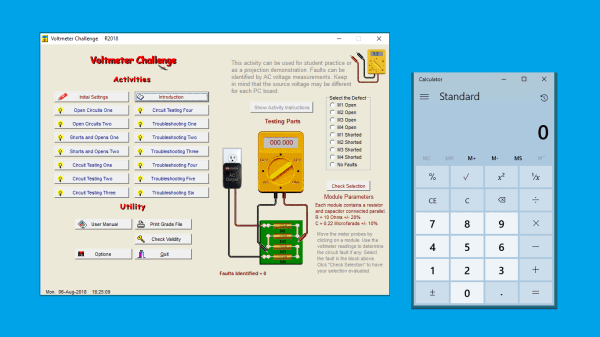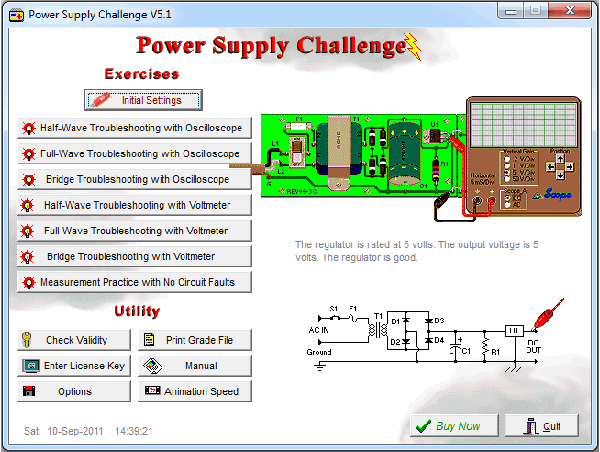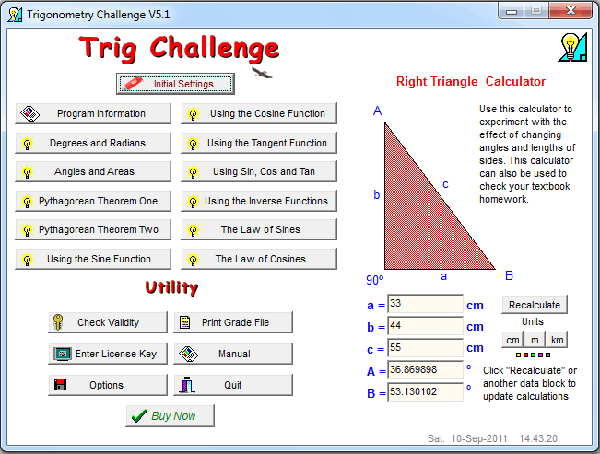
TEACH AND LEARN ELECTRONICS TECHNOLOGY!
Students learn by doing. Learn or teach electronics with circuit simulation activities. All activities automatically grade completed work. Many troubleshooting activities with realistic faults and virtual meters. Unlimited site licenses are $229.00 per app title. Individual student licenses are $7.00. The material is designed for resident training, distance education, and virtual learning. Windows Apps for Virtual and Distance Learning. Chromebooks and Mac OSX
